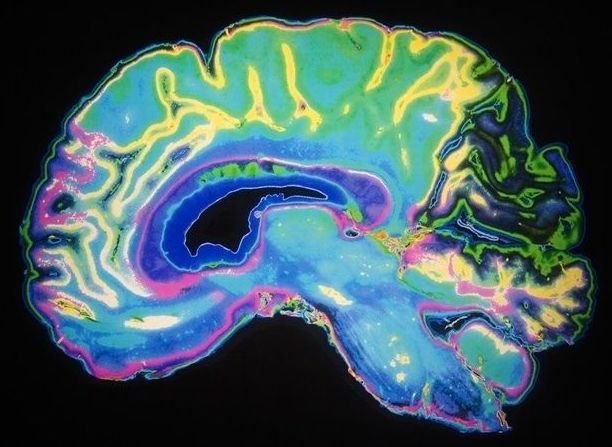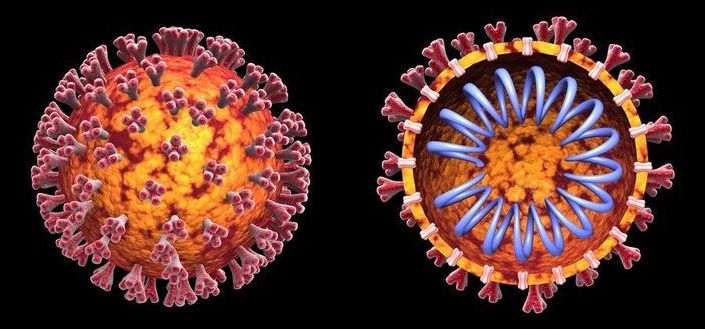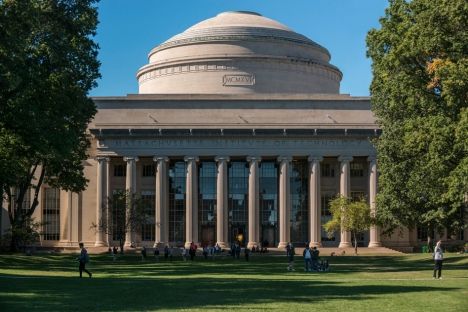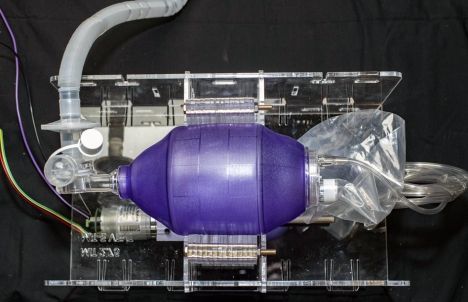The decision by the school’s president, Jerry Falwell Jr., to partly reopen his evangelical university enraged residents of Lynchburg, Va. Then students started getting sick.



Beijing, March 29 (IANS) A team of Chinese scientists has reportedly developed a novel way to combat the new coronavirus that causes the Covid-19 disease which has killed over 32,000 people globally.
According to Global Times, the new weapon is not a drug or a compound but some nanomaterial.
“Chinese scientists have developed a new weapon to combat the #coronavirus,” the news portal tweeted on Sunday.
Scientists around the world are tracking at least eight strains of coronavirus around the world, using genetic detective work to show how the virus spreads.
Researchers say the virus appears to mutate very slowly, with only tiny differences between the different strains, and that none of the strains of the virus is more deadly than another.
They also say it does not appear the strains will grow more lethal as they evolve.

MOGADISHU, Somalia (AP) — At first, the coronavirus was just a fairy tale, a rumor along the dusty lanes of the displaced persons’ camp that Habiba Ali calls home.
It seemed fantastical: an illness sweeping the world far beyond Somalia’s borders, killing thousands of people and sending some of the richest countries into panic.
Then Somalia’s first virus case was announced on March 16, and one of the world’s most fragile nations staggered even more. Nearly three decades of conflict, extremist attacks, drought, disease and a devastating outbreak of locusts have taken a vast toll.

TRENDING: kathy griffin tried to cut in line for COVID test, turns out she had diarrhea after mexico trip
“And if even the smallest transgression of confinement restrictions ends up being a misdemeanor, how will officials handle tens of millions of them?”
Norris pointed out that if police are expected to enforce the curfews, they too could become stricken with coronavirus.

Though many negative repercussions of human immunodeficiency virus infection can be mitigated with the use of antiretroviral therapy (ART), one area where medical advances haven’t made as much progress is in the reduction of cognitive impacts. Half of HIV patients have HIV-associated neurocognitive disorders (HAND), which can manifest in a variety of ways, from forgetfulness and confusion to behavior changes and motor deficiencies.
To better understand the mechanisms underlying HAND, researchers from Penn’s School of Dental Medicine and Perelman School of Medicine and from the Children’s Hospital of Philadelphia (CHOP) brought together their complementary expertise to create a laboratory model system using three of the types of brain cells thought to be involved. Led by doctoral student Sean Ryan, who was co-mentored by Kelly Jordan-Sciutto of Penn Dental Medicine and Stewart Anderson of CHOP and Penn Medicine, the model recapitulates important features of how HIV infection and ART affect the brain.
“Frankly the models we generally use in the HIV field have a lot of weaknesses,” says Jordan-Sciutto, co-corresponding author on the paper, which appears in the journal Stem Cell Reports. “The power of this system is it allows us to look at the interaction between different cell types of human origin in a way that is more relevant to patients than other models.”



